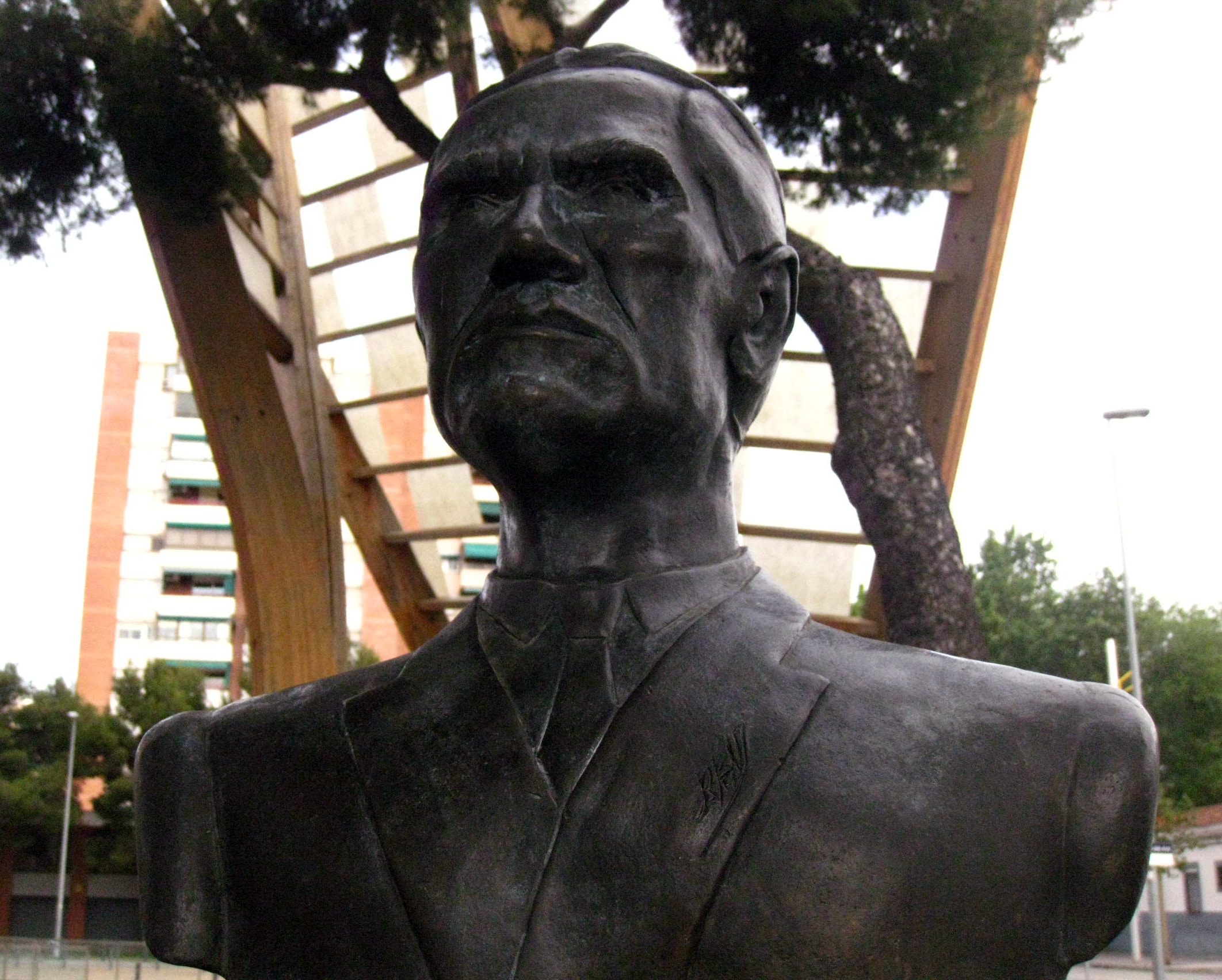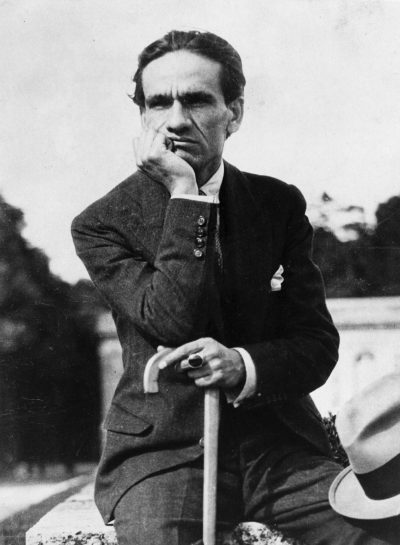
Image - Wikimedia / Enfo
Vallejo He was one of the most important writers of the XNUMXth century, not only in his country, Peru, but also in the rest of the Spanish-speaking world. He played various literary genres, the most notable of which was poetry. In fact, he has left us three books of poetry that have marked an era, which we are going to analyze in this article.
If you want to know more about the poetic work of this great writer, then we will tell you about his poetic work.
The black heralds
The book The black heralds it was the first the poet wrote. He did it during the years 1915 and 1918, although it was not published until 1919 because the author expected a foreword by Abraham Valdelomar, something that never came true.
The collection of poems is composed of 69 poems divided into six blocks in addition to the first poem titled "The Black Heralds" which is also the one that gives the book its name. The others are organized as follows:
-
Agile panels, with a total of 11 poems.
-
Divers, with 4 poems.
-
From the land, with 10 poems.
-
Imperial Nostalgia, composed of 13 poems.
-
Thunder, where there are 25 poems (it is the largest block).
-
Songs from home, which ends the work with 5 poems.
This first collection of poems by César Vallejo offers a evolution of the author himself since some of those poems correspond to modernism and classical metric and strophic forms, that is, following the line of what was established. However, there are others that are more similar to the poet's way of expressing himself as well as having more freedom when elaborating them.
Many different topics are covered, including death, religion, man, people, the earth ... all from the poet's own opinion.
Of all the poems in this book, the most famous and most analyzed is the one that gives the work its name, "The black heralds."
trilce
The book trilce it was the second written by César Vallejo and a before and after with respect to the first. The time in which it was written, after the death of his mother, a love failure and scandal, the death of his friend, the loss of his job, as well as the period he spent in jail made the poems that are part of the book were more negative, with feelings of exclusion and violence to everything that the poet had lived.
This collection of poems is made up of a total of 77 poems, none of them bearing a title, but only a Roman numeral, totally different from his previous book, in which each one had a title and were grouped into groups. Instead, with trilce each is independent of each other.
As for his poetic technique, there is a break with what was known about the poet. In this case, break away from any imitation or influence it had, he frees himself from metrics and rhyme, and uses very cultured, sometimes old words, which makes it very difficult to understand. In addition, he makes up words, uses scientific words and even popular expressions.
The poems are hermetic, they tell the story but without allowing one to see under them, as if to draw a line between what society is and what the author is. All his experiences at the time he wrote this work cause them to be filled with pain, anguish and a feeling of hostility towards people and life.
Human poems
Posthumously, the book Human poems It was published in 1939 encompassing various writings of the poet from 1923 and 1929 (Poems in prose) as well as the collection of poems «Spain, take this chalice away from me».
Specifically, the work has a total of 76 poems, 19 of which are part of Poems in Prose, another part, 15 to be exact, from the collection of poems Spain, remove this chalice from me; and the rest would be proper to the book.
This last book is one of the best by César Vallejo where the "universality" that the author acquired over time is much better seen and with which he surpassed the previous books published.
Although the themes that Vallejo deals with in his poems are known for his previous creations, the truth is that there is a difference in his way of expressing himself, easier for the reader to understand, unlike what happened with Trilce, his previous post.
Although in the texts there is still a connotation about the dissatisfaction of life by the author, It is not as "pessimistic" as in other works, but leaves a thread of hope, as if it wanted to influence all people so that the change in the world would be collectively and not individually. Thus, it shows an illusion for a world created in a united way and based on love.
Being more of a compendium of three different works, Poems in prose; Spain, take this chalice away from me; and those corresponding to Human poems, the truth is that there is a small difference between them, highlighting several separately according to the blocks to which they refer.
Curiosities of César Vallejo

Around the figure of César Vallejo there are many curiosities that can be told about him. One of them is that this poet had religious leanings Because both his paternal and maternal grandfather were related to religion. The first as a Mercedarian priest from Spain, and the second as a Spanish religious who went to Peru. That is why his family was very religious, hence some of the author's first poems had a marked religious sense.
In fact, the author was expected to follow in the footsteps of his grandparents, but eventually he turned to poetry.
It is known that Vallejo and Picasso met on several occasions. The reason why the Spanish painter and sculptor drew three sketches by César Vallejo is not known for sure, although it is intuited, in the words of Bryce Echenique, that both coincided at the Café Montparnasse, in Paris and, although they did not know each other When Piccaso learned of Vallejo's death, he decided to take a portrait of him.
There is another theory, by Juan Larrea, where after the poet's death, in a meeting he had with Picasso, he announced the news to him in addition to reading him some of his poems, to which the painter exclaimed «To this one yes that he I do the portrait ».
Poets can rarely be a source of inspiration for movies. However, the same does not happen with César Vallejo who was proud to inspire, through his poem "I stumbled between two stars", swedish movie Songs from the second floor (from 2000), where quotes and phrases from that poem are used.
In addition, the film won the Special Jury Prize at the Cannes Film Festival.
Although Vallejo is best known for his poetry, the truth is that he touched almost all genres of literature and proof of this is that stories, novels, essays, plays, short stories are preserved ...



Vallejo is without a doubt the most important poet of his time. His repertoire of works are a sample of our present time. It can be used as an orientation to deal with our dire economic present time.